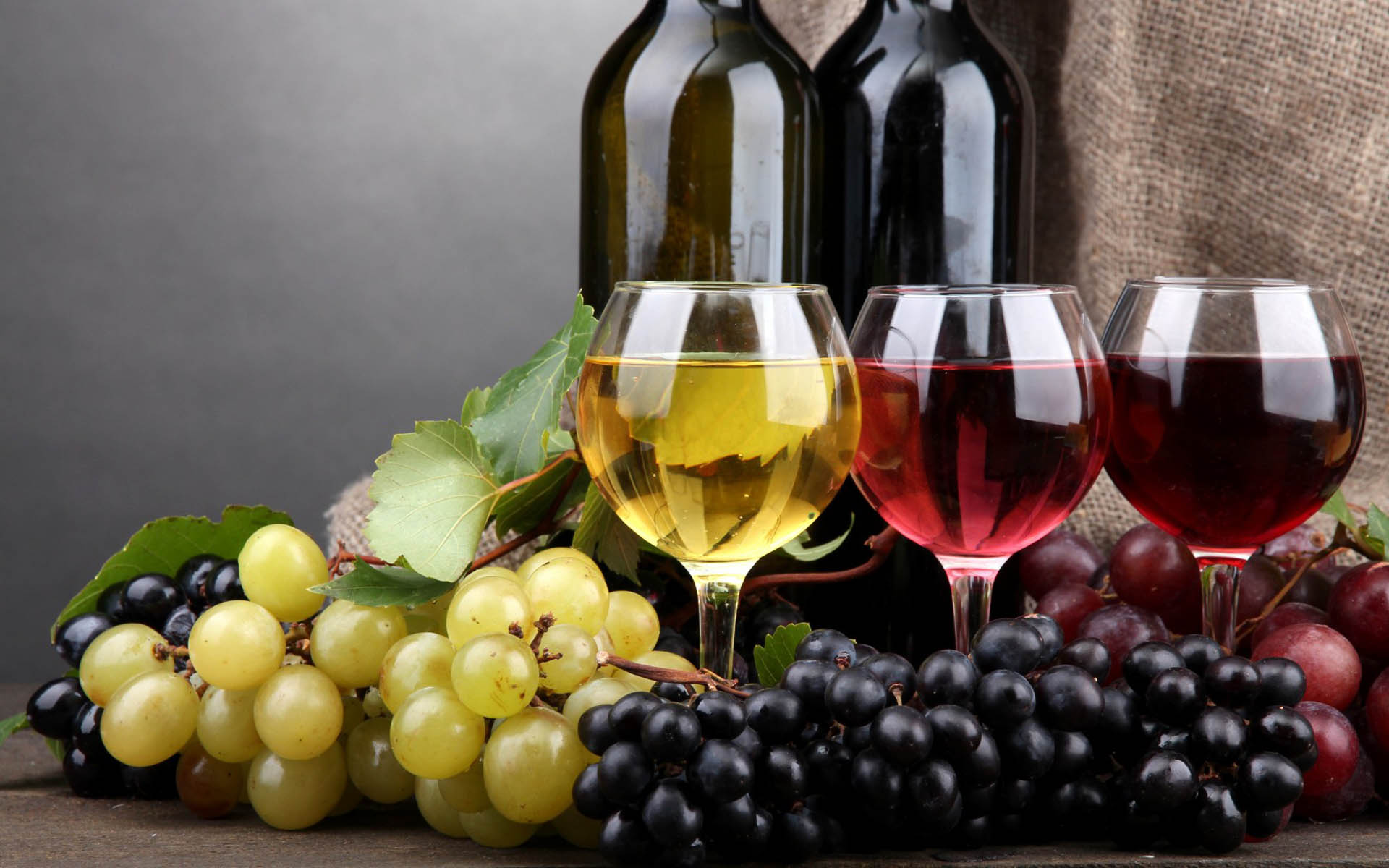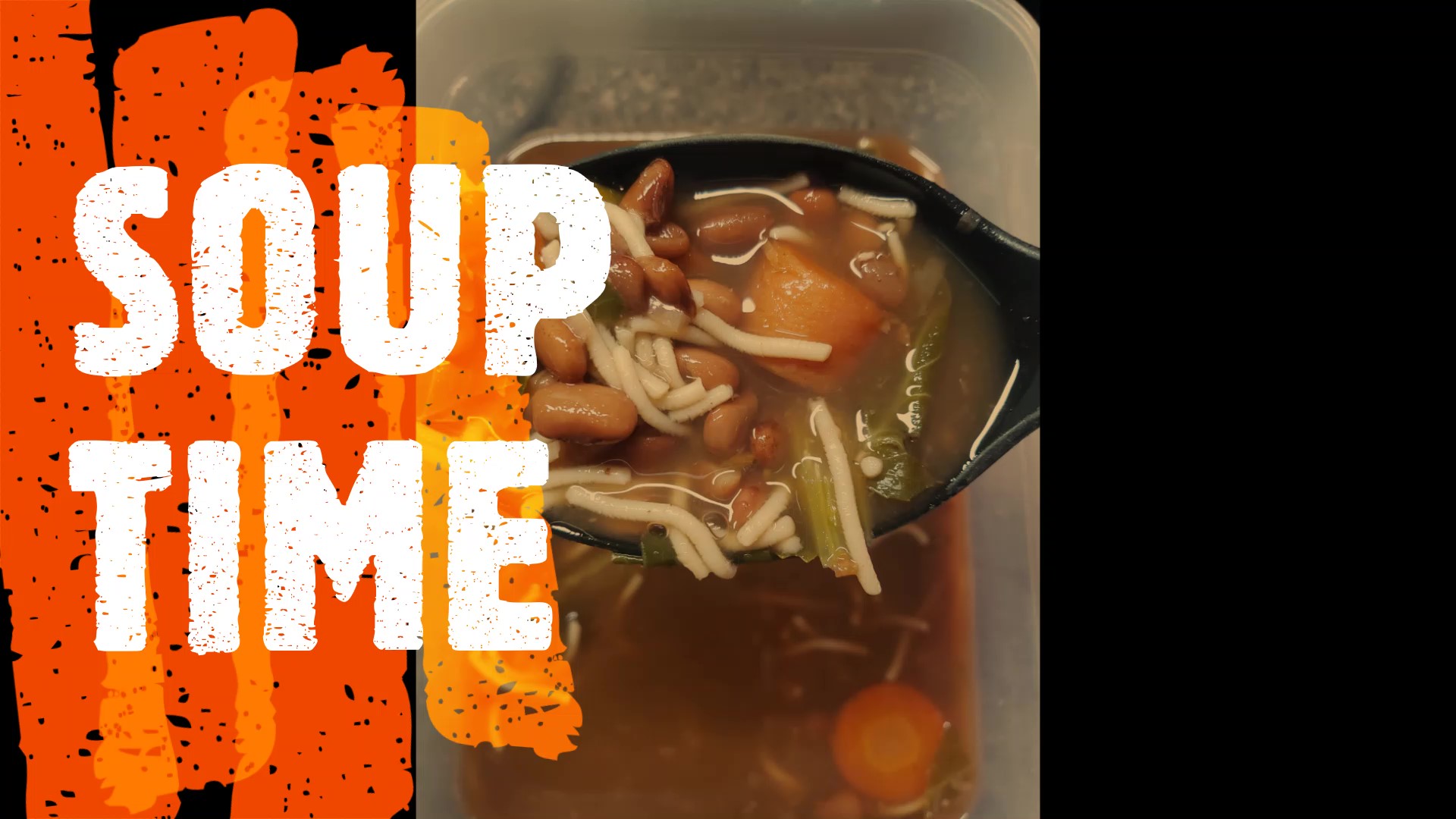
Does Wine equal a serving of Fruit?
If 100 percent grape juice qualifies as a serving of fruit in the U.S. Dietary Guidelines, you might ask does wine qualify?
Nice try, but no. Wine might be made of grapes but it doesn’t actually fall into the “food groups” of fruit. The same way ice cream might be made of milk but does not qualify as a serving of dairy.
Both grape juice and red wine contain a plant based compound which may reduce the risk of heart disease. Both also contain antioxidants called flavonoids, which may reduce low-density lipoprotein (LDL) otherwise known as “bad” cholesterol, and increase high-density lipoprotein (HDL), the “good” cholesterol. Additionally, studies suggest that drinking either grape juice or red wine can reduce the risk of blood clots, protect blood vessels, prevent atherosclerosis (hardening of arteries), and help to maintain healthy blood pressure.
This might sound like a big thumbs up for red wine, however fruit has nutrients, like loads of fiber, live enzymes, and vitamins and minerals that aren’t present in wine. For that matter, many of them aren’t present in juice either — you’d have to eat the fruit itself to get all of them. In addition to not containing all the nutritional value of fruit, wine also contains alcohol, which can pose a stress to the liver, pancreas, and nerve cells over time. Heavy drinkers are also at risk for malnutrition, as alcohol may serve as a caloric substitute for more nutritious foods (like fruit).
Bottom line… you can enjoy a glass of wine… AFTER you EAT the recommended daily serving of fruits and veggies.






